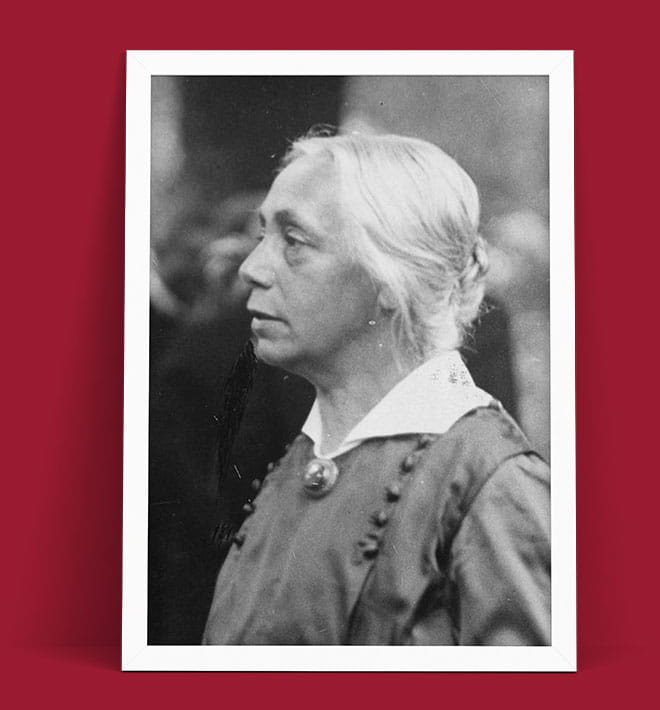Artistic Career and Themes
Kollwitz's work is characterized by its focus on the struggles of the working class, women, and children. Her early exposure to the hardships faced by the poor, particularly through her husband's medical practice in a working-class district of Berlin, deeply influenced her subject matter.
Her first major success came with the graphic cycle "The Weavers" (1893–1897), inspired by Gerhart Hauptmann's play, which depicted the plight of Silesian weavers. This was followed by "The Peasant War" (1902–1908), a series highlighting the suffering and rebellion of peasants in 16th-century Germany. These works established her reputation as a powerful voice for social justice.
The personal loss of her son Peter in World War I profoundly affected her, leading to a shift in her work towards themes of mourning and the futility of war. This is evident in her series "War" (1922–1923), a collection of woodcuts that express the grief and devastation caused by conflict.
Recognition and Challenges
In 1919, Kollwitz became the first woman elected to the Prussian Academy of Arts, where she was granted the title of professor. However, with the rise of the Nazi regime, her art was deemed "degenerate," and she was forced to resign from the academy in 1933. Despite this, she continued to create art that challenged oppression and advocated for peace.
Legacy and Influence
Kollwitz's work has had a lasting impact on both art and society. Her unflinching portrayal of suffering and her commitment to social causes have inspired generations of artists and activists. Institutions such as the Käthe Kollwitz Museum in Cologne house extensive collections of her work, ensuring her legacy endures.
Her art remains relevant today, resonating with contemporary audiences and serving as a poignant reminder of the human cost of injustice and war. Through her powerful imagery, Käthe Kollwitz continues to speak to the enduring struggles and resilience of humanity.


